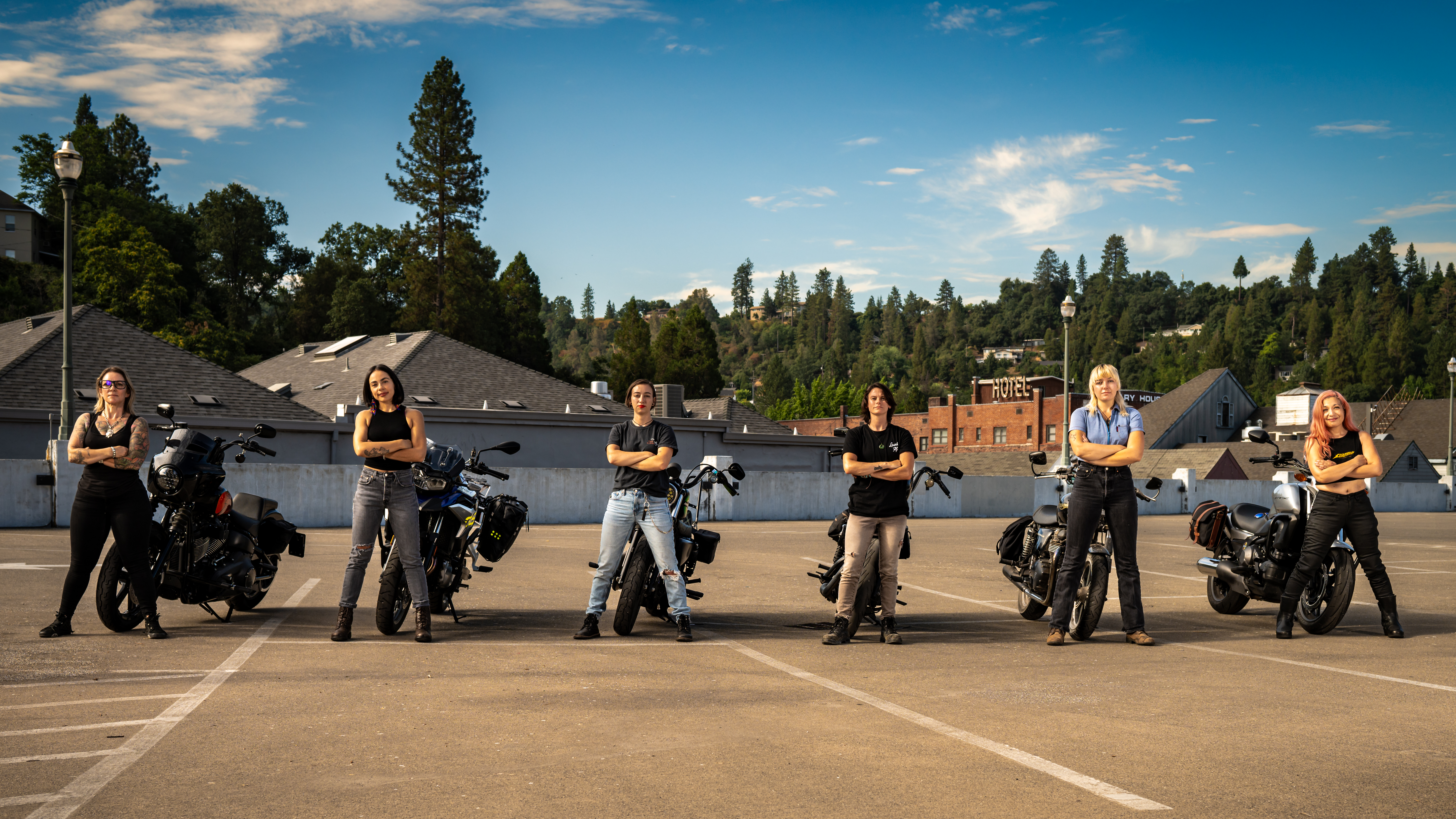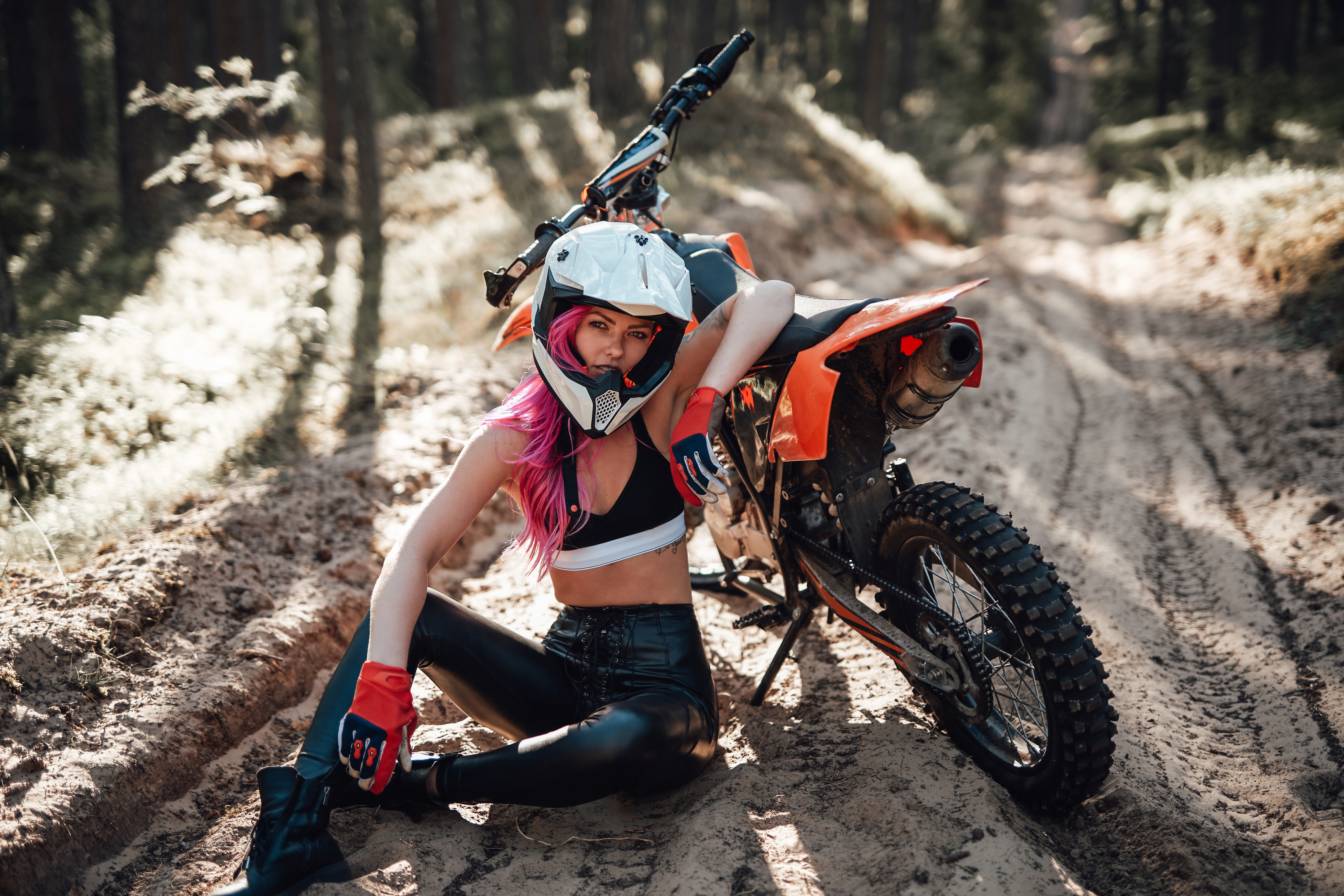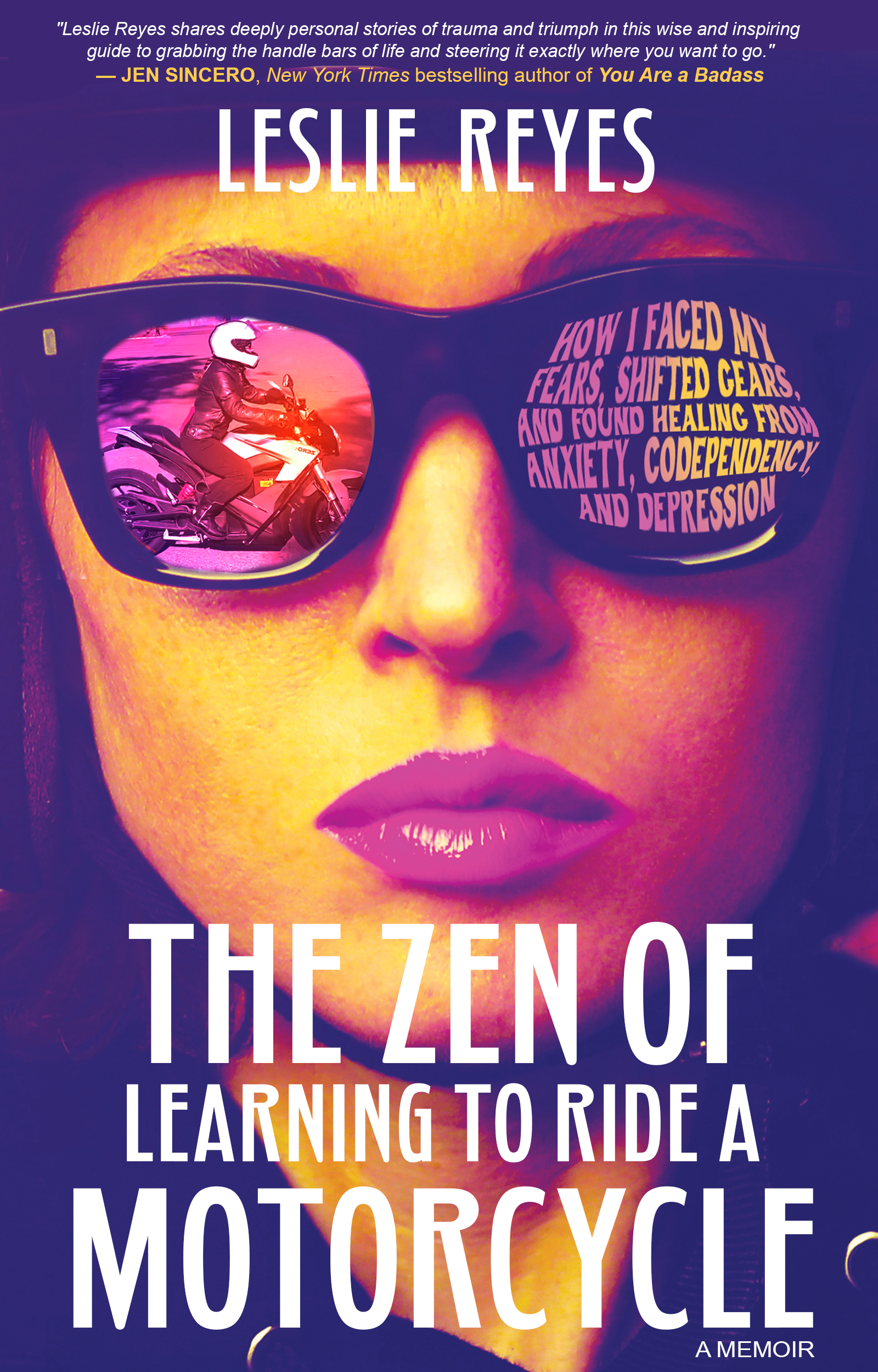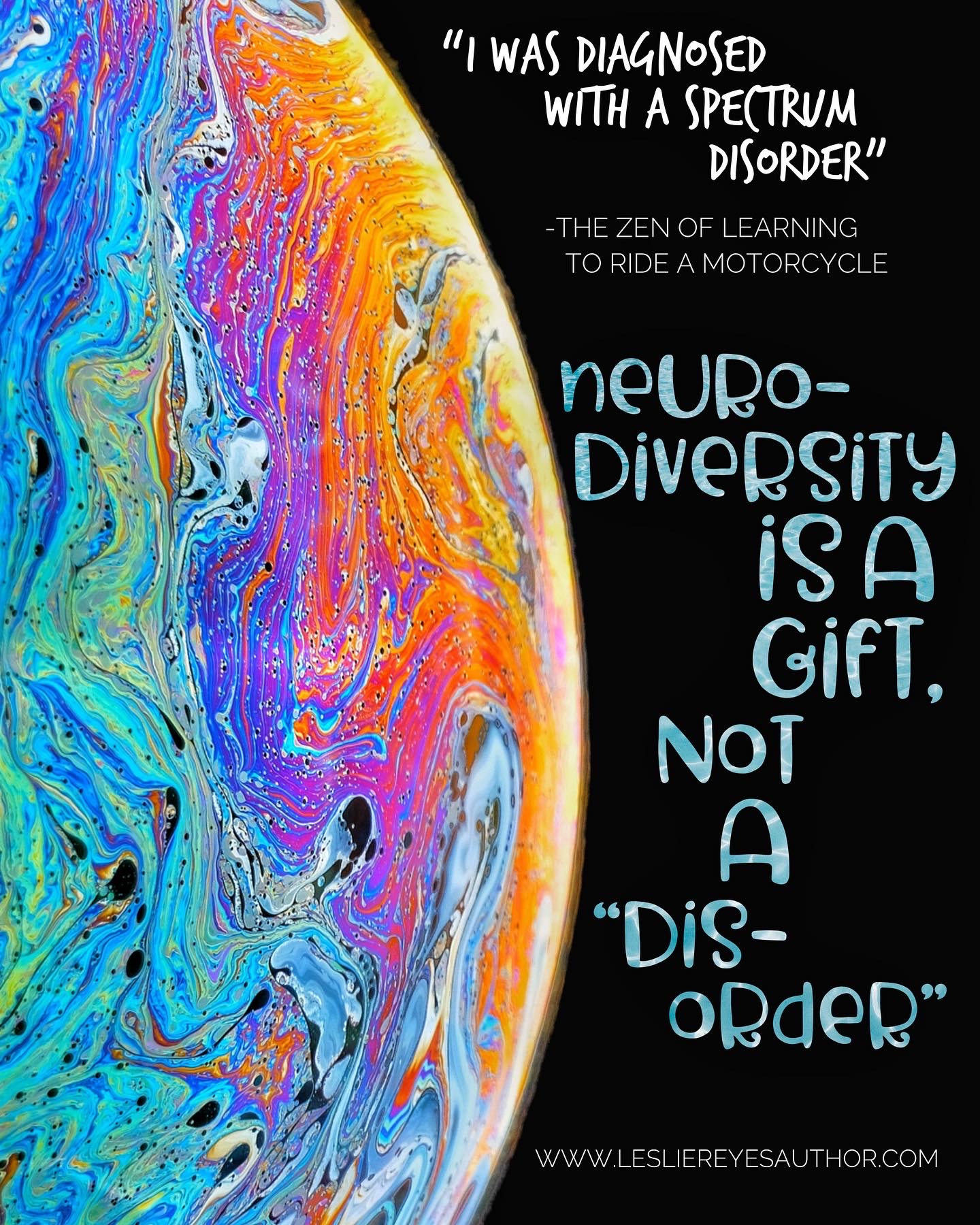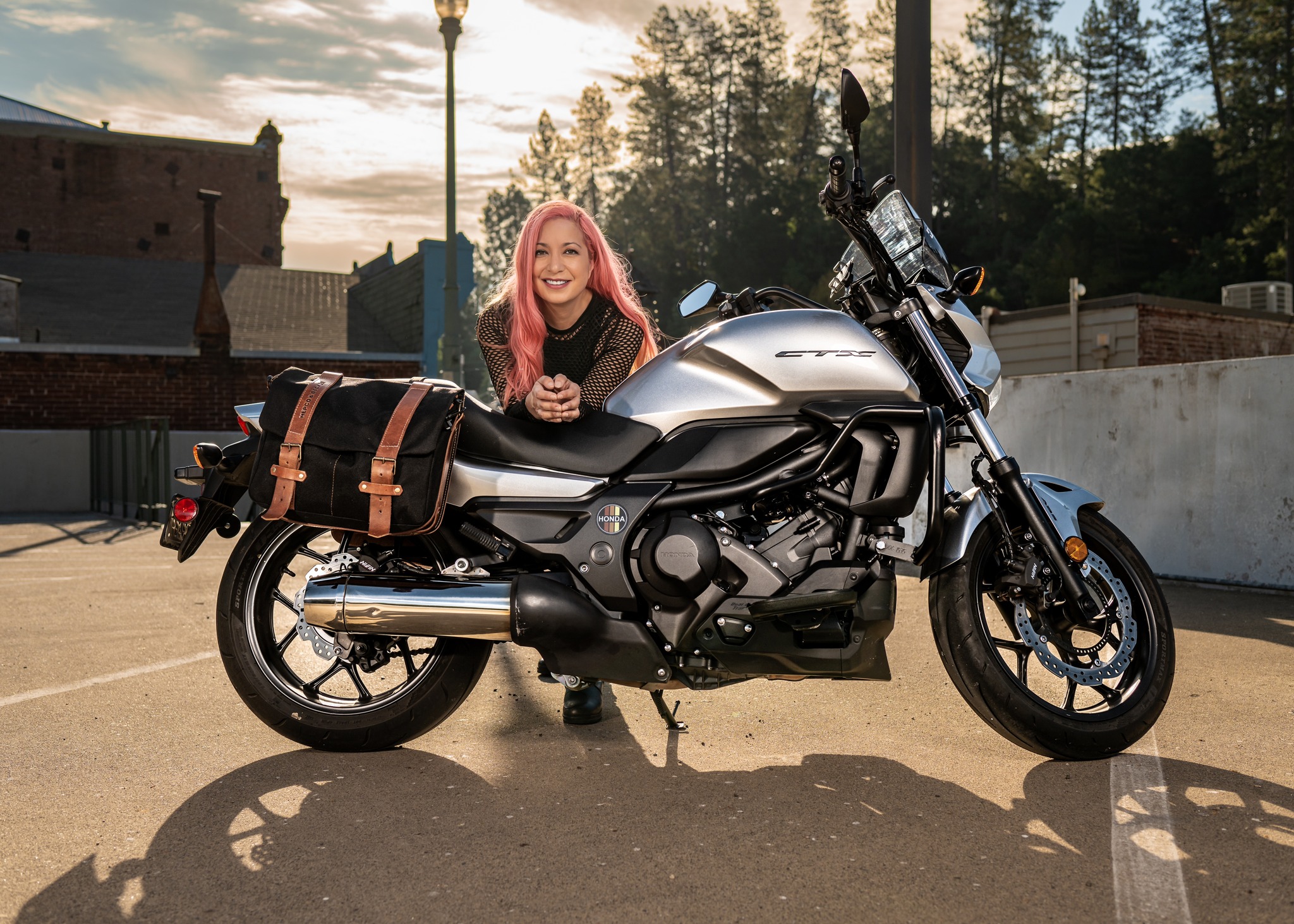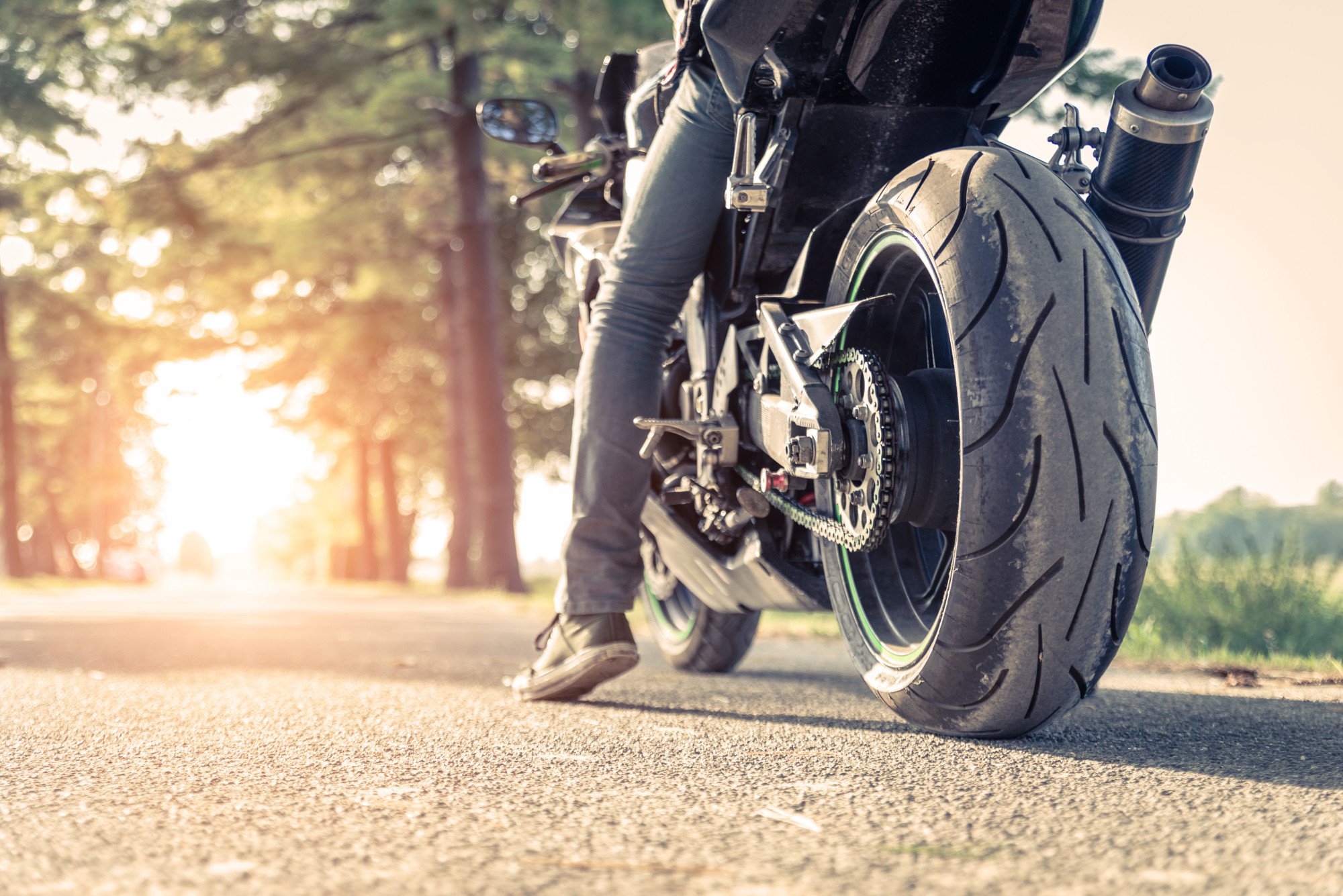
Leslie Reyes
Mindfulness on the Road: How to Overcome the Fear of Riding a Motorcycle
During the COVID pandemic, motorbike purchases and riding rates skyrocketed They have continued to climb, particularly with women, as the number of women riders has doubled in the last decade.
Riding a motorcycle comes with a lot of stereotypes, some of which have changed over the years (as stereotypes tend to do). Motorcycles have often been associated with fearless risk takers and rebels from the wrong side of the track. And, the truth is, motorcycle riding can be a dangerous sport. For this reason, many people who are interested in learning to ride are held back by their fear.
If you want to learn how to overcome motorcycle anxiety, keep reading. This article will teach you how to face your fears, get out on the road, and learn some valuable life skills by doing so.
Get Trained
Any new activity is scary if you have no idea what you are doing. Especially one that could result in injury if you do something wrong. But, when we are anxious, it is hard to make rational decisions.
For this reason, it is important to do your homework. Understand and be completely comfortable with all the functions of the bike and how to use it.
You also might benefit from professional motorcycle instruction. I highly recommend signing up for a motorcycle safety foundation (MSF) riding course.
Getting trained by professionals can help reduce anxiety by knowing that there are professionals who have your back. When you pass an MSF course, the DMV will waive your road test requirement, so all you have to do is take the written test to obtain your endorsement!
In addition to the basics, there are also advanced MSF courses which train you how to identify and avoid road hazards and dangerous riding conditions.
This can go a long way toward increasing your confidence and overall safety, which will help decrease any anxiety about riding a motorcycle.
Ease Into It
Whether you want to learn to ride recreationally or for commuting (or both), there is no rush. Take things slow, so that your experience on the bike is a positive one. It took me eight months of practicing on my motorcycle in a parking lot before I felt safe enough to get onto a public road.
If you have access to a smaller, lightweight bike (which are inexpensive to rent), consider beginning on one. They are great for improving your skills and will help give you a feel for things like starting and stopping.
Respect where you are and what your limitations are. You're not in a rush and are on nobody's timeclock but your own.
Ride With Other People
Riding with a friend is another way to decrease anxiety on the bike. It will assure you that someone is there to help direct you or deal with any issues you encounter.
A friend can also act as a model for how to ride and handle the bike. Companionship can help you balance the freedom of being out on the open road alone (which riding brings) with a safety net.
Time and Practice
Your fear of riding a motorcycle will not magically go away after your first outing. Keep at it, but do so at a reasonable pace.
You do not want riding to become more of a chore or a challenge than an outlet for freedom and enjoyment.
The more you ride, the more comfortable you will be. You will learn new skills and become more confident with your own instincts. All this will further diminish any anxiety or fear of riding a bike.
Learn More About Overcoming the Fear, Not Just on the Motorcycle, but in Life
Now that you know some tricks to overcome your fear of riding a motorcycle, you can embark on the journey. Once you have started down that path, you may discover that riding translates to all kinds of positive real-world attributes and outlooks.
My book, "The Zen of Learning to Ride a Motorcycle," is about how I overcame my fear of riding a motorcycle. I came up with ten habits that helped reduce my anxiety when I was learning to ride, and found that I could apply these habits to everything in my life. I wanted to share how riding a motorcycle can bring healing and release from mental health challenges, including anxiety, codependency, and depression.
Check out my book "The Zen of Learning to Ride a Motorcycle" to learn more about overcoming your fears so you can enjoy your life!
Pick up your copy today, and feel free to reach out to me with any questions you might have.
